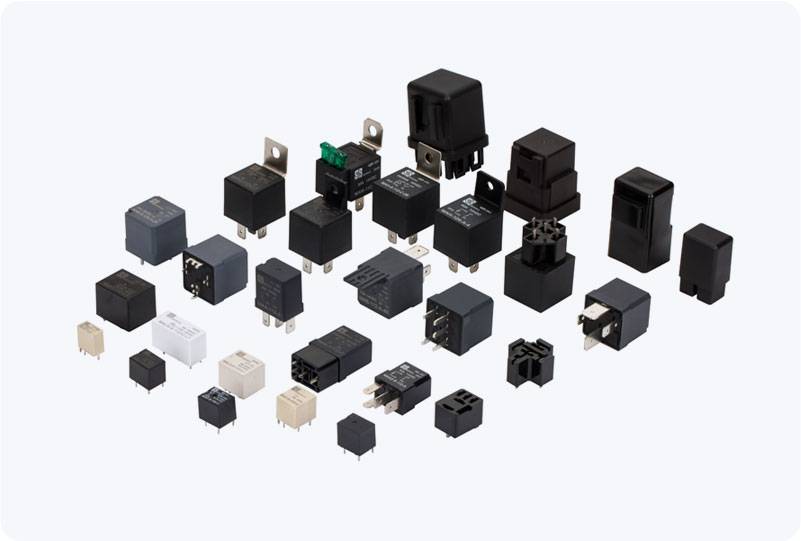Power relays are an essential component in a wide range of electrical systems, providing an efficient means of controlling high-voltage circuits with low-voltage inputs. These versatile devices are used extensively across various industries, from home appliances to large-scale power systems. In this article, we will explore the fundamental working principles of power relays, their types, key components, applications, and advantages.

What is a Power Relay? A power relay is an electrically operated switch that allows a low-power control signal to switch high-power electrical circuits. This makes them invaluable for controlling large electrical loads such as motors, lighting systems, heating units, and more. Essentially, relays act as intermediaries between low-voltage control circuits and high-voltage power circuits, providing electrical isolation and enabling the safe operation of equipment that requires higher power. How Does a Power Relay Work? The basic operation of a power relay involves an electromagnet, which, when energized by a low-voltage current, generates a magnetic field. This magnetic field pulls a movable arm or contact, which in turn closes or opens the relay’s switch, thus allowing or interrupting the flow of current through the power circuit. The contacts in the relay are usually made of a highly conductive material like silver, ensuring that they can handle the high current and voltage without significant wear.